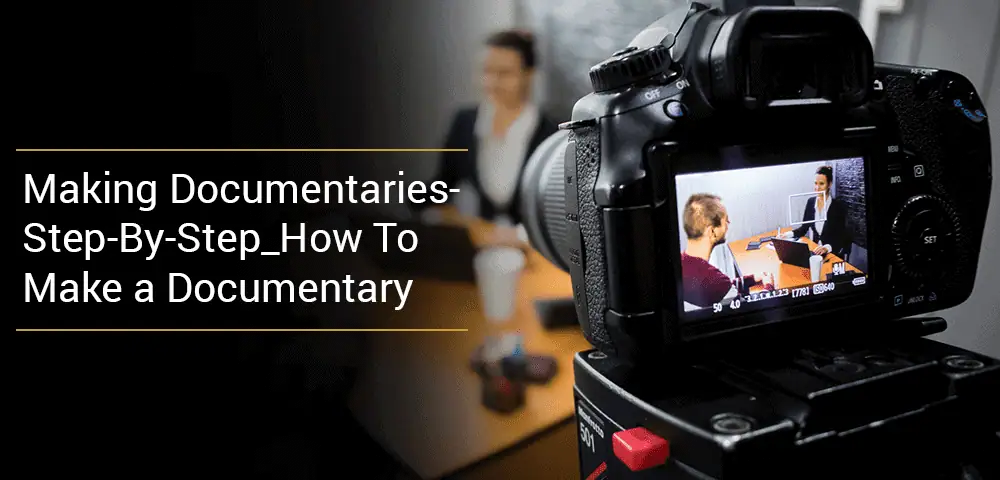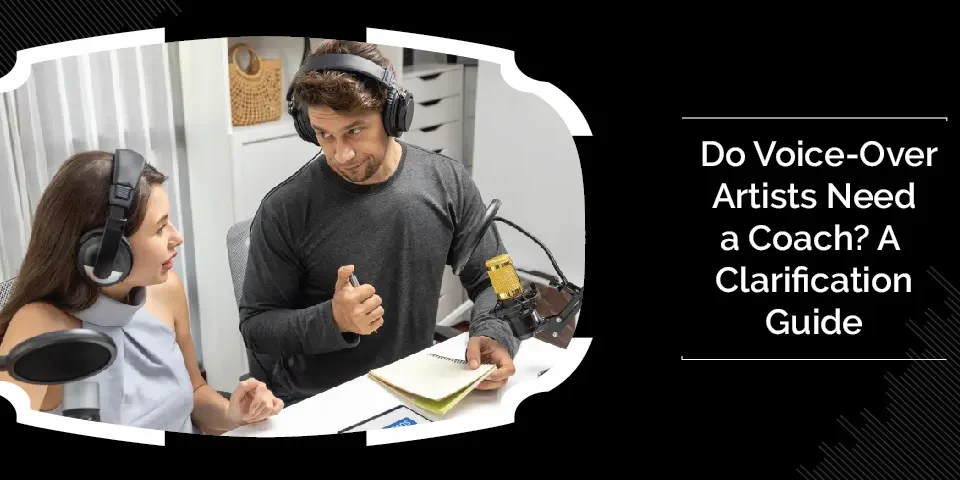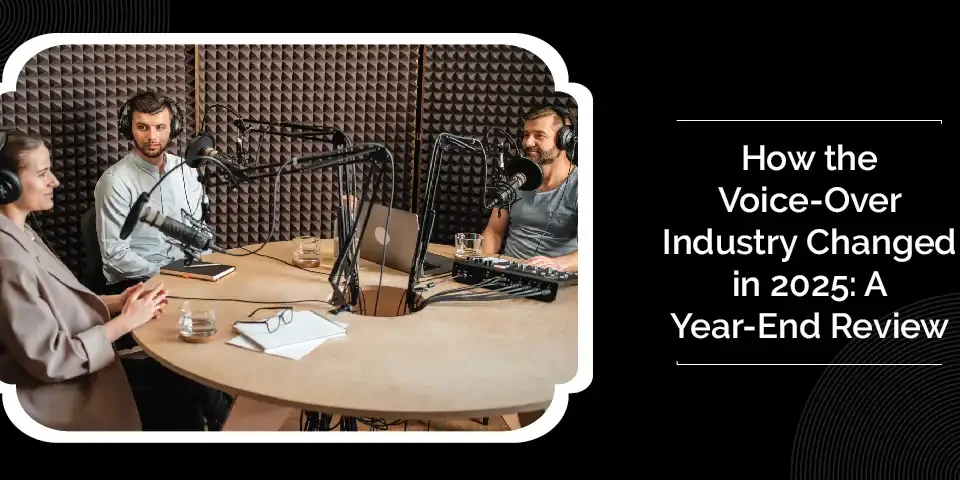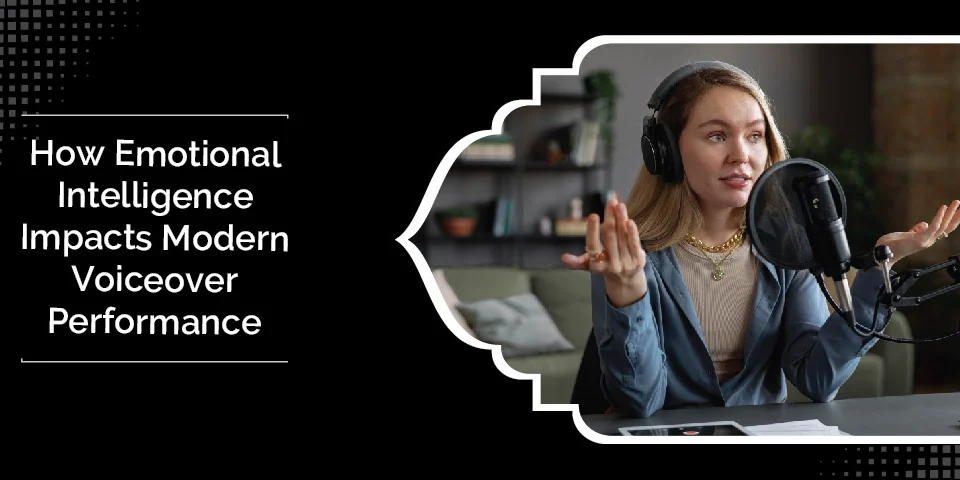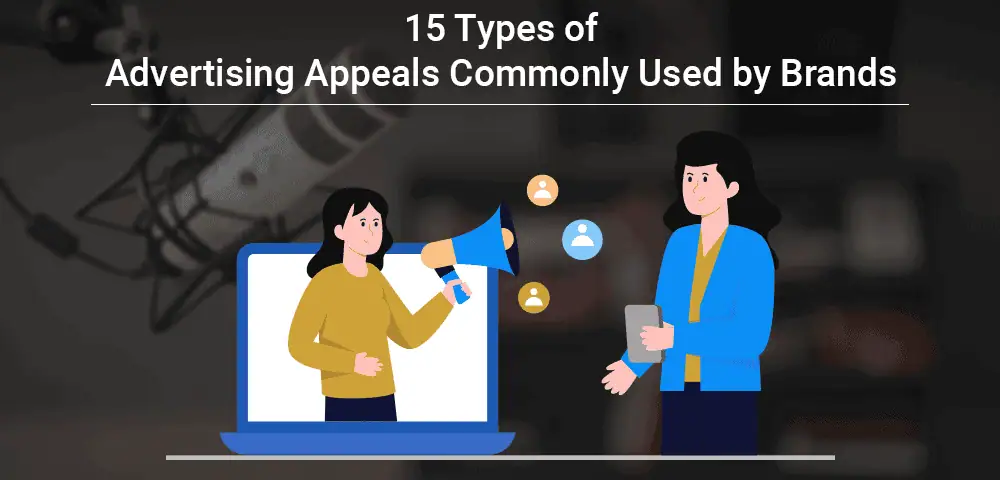
15 Types of Advertising Appeals Commonly Used by Brands
September 23, 2022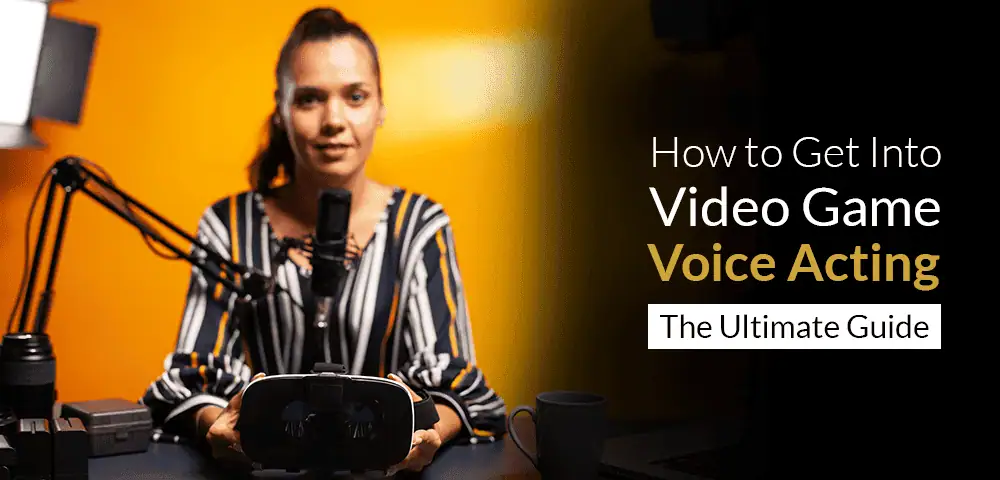
How to Get Into Video Game Voice Acting: The Ultimate Guide
December 30, 2022Creating a documentary can be a laborious, protracted process, but it can also be incredibly rewarding. You can enthral and educate an audience while also entertaining and captivating them when you make a documentary. Additionally, documentary films give creators a unique opportunity to alter the course of history.
A great documentary has the power to shed light on a frequently disregarded social issue, alter how some individuals and events are viewed, and even affect societal changes. Making a documentary can be a challenging endeavour no matter the subject. With our guide, you can learn how to make a documentary you can be proud of! We’ve put together this comprehensive guide to assist you through every process step, from the initial concept for your documentary to release.
Contents
- 1. Poetic
- 2. Expository
- 3. Participatory
- 4. Observational
- 5. Reflexive
- 6. Performative
- 1. Build A Story That Your Audience Can Enjoy
- 2. Conduct Research
- 3. Create a Shot List
- 4. Plan The Production and Story Structure
- 5. Establish a Budget
- 6. Choose the Basic Camera Equipment for Documentary Filmmaking
- 7. Obtain Legal And Copyright Credentials
- 8. Schedule the Shoot and Start Shooting
- 9. Edit Your Video
- 10. Release Your Documentary
- Peter Abraham
What is a documentary film?
Any non-fiction film or video that educates viewers about a real-life incident, subject, event, or issue is a documentary. Any topic can make for a compelling documentary as long as it provokes your curiosity. Some documentaries give us instructive knowledge about topics that aren’t well-known. Some people share in-depth tales about significant individuals or events. Others still attempt to influence the audience to share a particular point of view.
Types of Documentaries
Documentaries often fall into one of the following six categories, regardless of whether their ultimate goal is to have a debut, stream for viewers on Netflix, or run on their own YouTube channel. Settle a type of documentary you want to make before starting to consider storyboards or shot lists.
1. Poetic
Audio-visual poems are similar to poetic documentaries. They place more emphasis on tone and mood than on the story. This can be seen in the 1971 film Fata Morgana by Werner Herzog, which has shots of African deserts and an off-screen narrator retelling a Mayan origin myth.
2. Expository
True stories are told in expository documentaries. These movies frequently feature old videos or pictures with narration that is referred to as “Voice of God” because of its stern tone. Great examples of the genre include the Ken Burns movies that PBS has aired on the Civil War, jazz, and the Great Depression
3. Participatory
The documentarian engages with the subject in these movies. The director speaks or appears onscreen to make a point or depict a deeper truth. In Paris Is Burning, Jennie Livingston depicts the challenges of Black and Latinx homosexual and transgender New Yorkers while delving into the city’s ball culture.
4. Observational
The observational film tries to depict life in a particular location and time as it might occur if neither the director nor the camera was present, which is more delicate than explanatory or participatory documentaries. The 1994 documentary Hoop Dreams is an excellent example of this genre. It follows two Black high-school basketball stars from underprivileged Chicago communities for eight years.
5. Reflexive
As much as they are about anything else, these movies are also about the documentary filmmaker and the production of the movie. The most well-known of these documentaries is the Soviet movie Man with a Movie Camera from 1929. The match cut and jump cut were just two of the innovative shooting and editing methods used in it by filmmaker Dziga Vertov.
6. Performative
This final category seeks to evoke feelings in the audience. The director might begin with a personal experience before shifting the focus to address a more significant problem. With his 1989 smash hit Roger & Me, depicting how the closing of GM car facilities in his hometown affected the lives of his friends and neighbors, Michael Moore established himself as a leading authority in this genre. You can consider the filmmaking process once you have a general idea of the type of movie you want to make.
Step-By-Step Instructions To Make A Documentary
1. Build A Story That Your Audience Can Enjoy
Consider a subject or issue that truly interests you. You probably already have an idea that inspired you to create documentaries. Anything under the sun is OK as long as there is a market for it. To choose your documentary’s subject matter, tone, length, and even filming approach, you may also want to consider the following:
- Your documentary’s objective
- Your target audience
- Where will the documentary be presented (web, broadcast, or cinema)
- Shooting location
- How big or popular do you believe the film will be?
2. Conduct Research
Find out as much as you can about the subject of your documentary. Sometimes the plot lines are clear-cut, other times they are not. Do extensive research and follow up on leads. You now put on your reporter’s hat, assemble information and look for leads regarding intriguing personalities and plots. Sometimes your story’s treasures are hidden far from view.
3. Create a Shot List
Here is a list of the interviews and videos you’ll need to produce your film. Consider it your “ingredients” list. You could or might not need to develop a budget, depending on how complicated your project is.
4. Plan The Production and Story Structure
Here, you can develop a more intricate plan for shooting your documentary. Consider your presentation strategy now that you have all the information you need. Establish your story’s main themes, interesting details, main characters, narrative structure, and overall plot.
You might need to shoot only original footage and come up with moments, or you might be able to use both existing footage and other resources to help you tell your story. To assist you in getting ready for everything you’ll need for the execution of your shoot, take into account these elements as soon as possible.
5. Establish a Budget
The creation of an overall budget enables the documentary filmmaker to ascertain how far they may go to increase their output without going overboard, even though it may not seem important for small, one-man crew documentaries. However, some essential components are required for the financial planning of both small-scale and large-scale documentaries, such as equipment & studio costs, liability insurance, production crew, copyright fees, location permits, props, catering, postproduction editing, marketing costs, and distribution costs.
6. Choose the Basic Camera Equipment for Documentary Filmmaking
You must put together your camera gear before you can begin work on your documentary. Your kit can be as complex as you wish, but the following tools are the most crucial:
● Camera: You can record video with DSLRs, mirrorless cameras, camcorders, action cameras, smartphones, and even a television. Choose a camera that allows you to swap between lenses and
settings for the most adaptability.
● Tripod with video head or gimbal: A tripod or other camera support will make your photos smoother and more expert-looking.
● Microphone: You should have a shotgun microphone at the very least, however many documentarians also use lavalier microphones.
7. Obtain Legal And Copyright Credentials
Don’t forget to adhere to the legal requirements established for documentary filmmaking before you begin shooting and utilising preexisting footage. Getting permission to use images, music, and other assets covered by rigorous copyright restrictions is a part of this. Use your music as much as you can to save time, money, and effort, unless you absolutely must use someone else’s for some extremely vital reason.
8. Schedule the Shoot and Start Shooting
Making documentary films involves a lot of moving pieces, so you’ll need to plan for any unforeseen issues that can cause delays or have an impact on your budget. Keep in mind HOW your film will be viewed when making documentaries for the web, mobile devices, television, theatre, or perhaps a combination of these. This can influence your shooting and storytelling choices. When photographing an event, be sure to get images from different perspectives, such as close-ups, mid-shots, and broad shots.
9. Edit Your Video
Even for a short film, you must inspect and log your footage before you begin editing. It is like putting together a massive puzzle. You must first decide on a computer and editing program for your videos. Once your equipment is ready, you’ll begin placing your video clips in a sequence, one after the other. The trick to good editing is to take the viewer on an emotional “roller coaster” trip with quick and slow sections.
10. Release Your Documentary
Now, you want people to watch the documentary that you’ve put so much effort into creating, right? There have never been more ways for filmmakers to present their work. A new world of distribution is being created before our own eyes, spanning theatres, television, and streaming. Presenting your work and creating documentaries is simpler than ever.
Summary
Since documentaries often don’t have a large budget, be ready to work with a small crew—sometimes just one—and mid-range equipment. It’s time to prepare for production once you’ve chosen your subject and the documentary style you’ll be making. Last but not least, enjoy the process. You will gain creative experience from it and learn from your failures.

Peter Abraham
Peter Abraham is a versatile voice-over artist based in Mumbai working in the voiceover industry since 2009. With a passion for storytelling and meticulous attention to detail in every project, he brings scripts to life with his captivating voice and professional delivery, exceeding client expectations. Whether it's a commercial or an audiobook, Peter specializes in a wide range of voice-over work, ensuring the highest quality.

